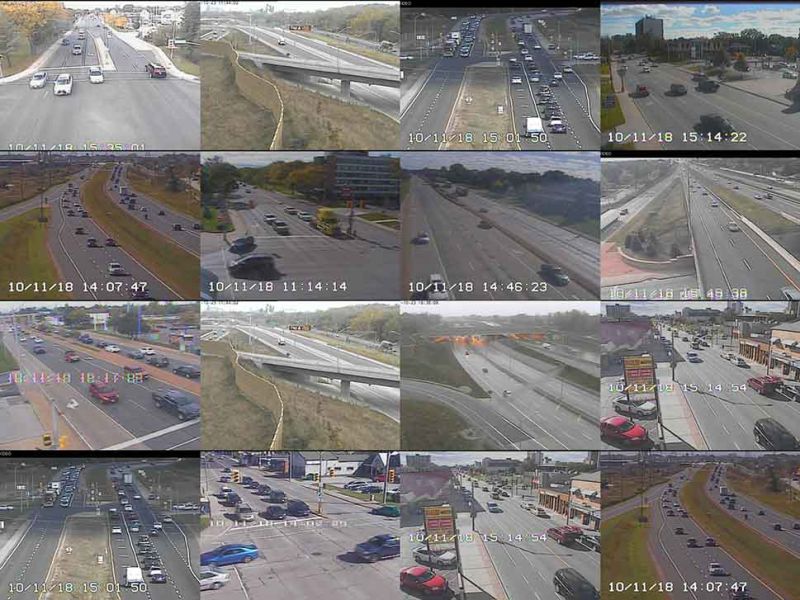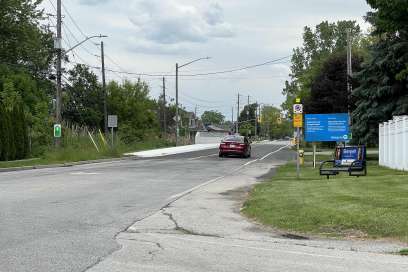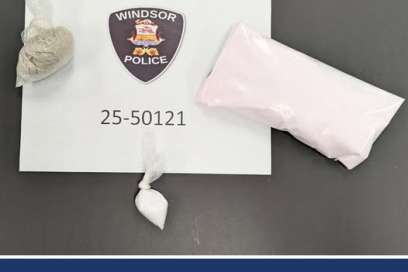COVID-19 Testing Guidelines Changing In Ontario
Thursday September 24th, 2020, 12:38pm
Hello time traveller!!
This article is 1710 days old.
The information listed below is likely outdated and has been preserved for archival purposes.
The Ontario government is changing its COVID-19 testing guidelines.
“We see the numbers spiking up, it’s extremely concerning, and we have to act,” said Premier Doug Ford at Ontario’s daily briefing on Thursday.
“Until we get Health Canada’s approval for new rapid tests, rapid testing that other jurisdictions are currently using, the health experts are telling us we need to be more strategic with testing,” Ford said. “Our top health experts told us we need to prioritize those who are at greatest risk.”
Effective immediately, the province says Ontarians should only seek testing at assessment centres if they:
- Are showing COVID-19 symptoms;
- Have been exposed to a confirmed case of the virus, as informed by your public health unit or exposure notification through the COVID Alert app;
- Are a resident or work in a setting that has a COVID-19 outbreak, as identified and informed by your local public health unit; and
- Are eligible for testing as part of a targeted testing initiative directed by the Ministry of Health or the Ministry of Long-Term Care.
Dr. Barbara Yaffe, Associate Chief Medical Officer of Health says Ontario has a provincial COVID-19 lab network with capacity for more than 40,000 daily tests, but with cold and flu season approaching, Yaffe says testing needs to be prioritized.
“We need to ensure Ontario’s publicly-funded testing resources are available for those who need them the most, such as school children and others with symptoms of COVID-19,” Yaffe said. “That’s why, in consultation with health experts and Ontario’s Testing Strategy Expert Panel, Dr. David Williams and I have recommended Ontario update testing guidelines to prioritize those who are at the greatest risk, while shifting away from untargeted asymptomatic testing.”
The province says asymptomatic testing will still be available on a targeted basis for “specific asymptomatic individuals who are at greater risk due to their health condition or employment, at the direction of the Ministry of Health or the Ministry of Long-Term Care.”
The province announced earlier this week testing will be available at 60 pharmacies — none yet in Windsor-Essex — and Thursday’s guideline changes will make asymptomatic testing available at those pharmacies “for those eligible for testing as part of a targeted testing initiative directed by the Ministry of Health or the Ministry of Long-Term Care.”
Ford, along with Health Minister Christine Elliott, also announced the province is investing $1.07 billion to enhance and expand efforts to test, trace and isolate new cases of COVID-19.
“As part of our plan to ensure the health system’s readiness for future waves of COVID-19, our government is dramatically expanding our testing capacity, launching more testing locations and adding more case and contact management resources to trace and isolate new cases,” said Minister Elliott. “In doing so, we will also support long-term care homes, schools and hospitals to effectively prevent, track and contain outbreaks of COVID-19.”
The testing, tracing and isolating plan will include more testing locations such as doctor’s offices, and at-home testing, and in pharmacies; more testing options including less invasive methods like throat, nasal and saliva testing; increased testing capacity including increasing daily testing capacity by 10,000 tests to 50,000 per day; and more case and contact managers including 500 new contact tracers and 500 staff from Statistics Canada.
To measure the success of these efforts, the province is planning to track progress against the following:
- Faster turnaround time for testing: 80 per cent of test results delivered within 48 hours.
- Maintain test positivity rate under three per cent;
- Ensure sufficient case management and contact tracing capacity to continue reaching 90 per cent of cases within 24 hours; and
- Compliance with public health measures (based on health behaviour surveillance data).
























